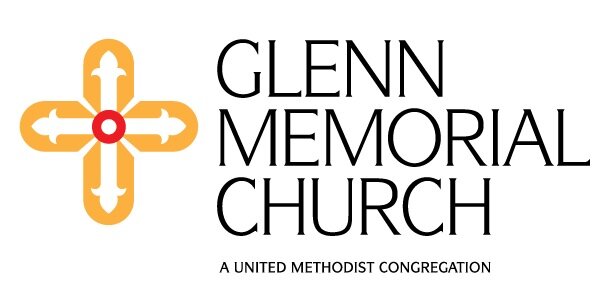The artwork in the graphic above is the bulletin cover this week, titled “Christ and Nicodemus” by James Tissot (1836-1902).
Look back through time. Squint. Do you see them—those people gathered around Jesus—the 12 and more—the disciples who listened to him day in, day out—do you see them? There are the fishermen, yes, and the Galilean women. There’s Mary Magdalene, the most famous, even though all we know pre-Holy Week is that Jesus freed her from seven demons, so she followed him, and that’s enough, I guess. There also is Joanna, the wife of Herod’s business manager. Wouldn’t you love to hear her story?
Ah, and there is Matthew the tax collector and, over there, Simon the Zealot. Linger over those two for a moment. Before following Jesus, Matthew made a comfortable living working with the Romans, while Simon was a member of the party that advocated rebellion against those same Romans. That the two of them should be there with Jesus is either miraculous or extremely awkward … or both.
I find myself thinking about Matthew and Simon, because, right now, my stomach hurts. No, I don’t have a bug of some sort. Mine is a Charlie Brown kind of stomachache—more an existential unease than a physical malady. All the divisions, the shouting, the name-calling of these past few years have taken their toll. The vitriol has settled in my gut. And, yes, I hurt when I think about the United Methodist Church. I’m haunted by the sound of ripping seams.
So, I wonder about Matthew and Simon. Out in the world they would have hated each other. As disciples, were they friends? Did they laugh and joke together, or did they awkwardly avoid eye contact? Whatever the case, they shared a life with Jesus, and they both served his kingdom. Maybe each wondered what the OTHER was doing there, but there they were nonetheless, together.
Whatever they felt about each other, neither of them could walk away. What they found with Jesus was worth the awkwardness. I look at the two of them together there, and I see hope—not necessarily perfection or blissful peace or even friendship, but hope. Matthew and Simon shared an experience of Jesus’ love that transformed them both, and that was a seam they couldn’t tear apart even if they wanted to.
At this point I wish I could say simply, “Go thou and do likewise,” and let it go at that, but I know better. I’ve made my home for a long time on a parcel of land straddling cynicism and hope. Let’s just say I’m a realist. I know Christians have divided themselves more times than I can count, and we’re not going to stop anytime soon.
But it IS Lent, and if you mix red and blue, you get the season’s liturgical color. OK, that’s corny, but, for a season at least, maybe we can aim to mix a little more and rip seams a little less. At the very least, may I suggest that for Lent this year we give up giving up on each other?
There in the middle of all the ugliness, our ugliness, stands Jesus. And to no one in particular and everyone, he says, “Follow me.” And there go Simon and Matthew, right behind him.
As far as I know, there’s never been a congregation called The Church of Saints Simon and Matthew, but that just might be a church whose time has come.
In Christ,
Mark

